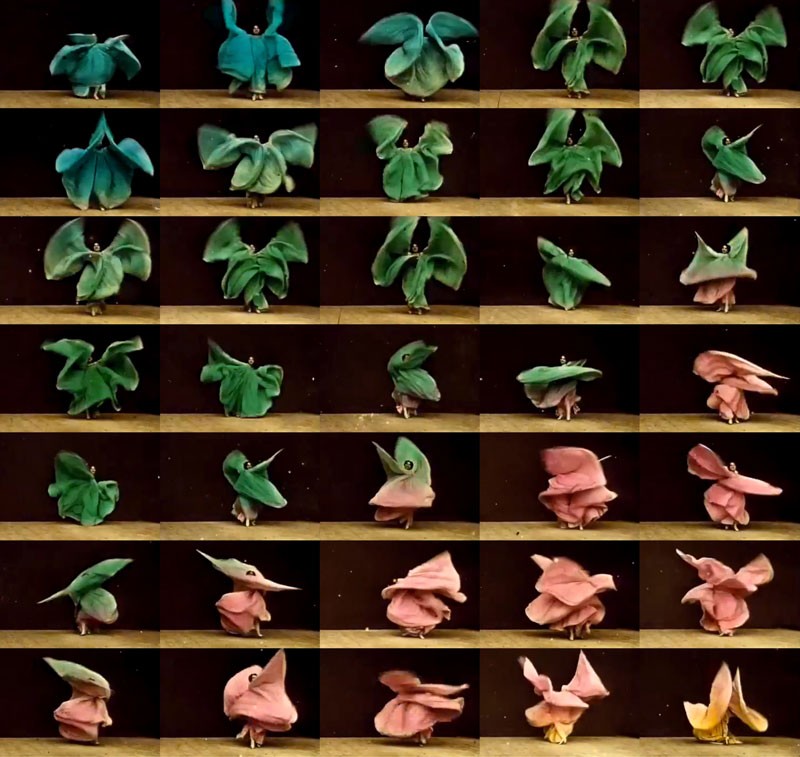Opening Conference – Metamorphoses
Hateiva, 19 Sderot Yerushalayim
Friday, December 11th, 11:00 -14:00 | Free admission
The conference will include artist statements by the festival’s participants, as well as two lectures by Aharon Shabtai and prof. Ilan Golani.
Host: Lior Avizoor
Lecture by Aharon Shabtai – A few thoughts regarding the relationship between word and body in Greek poetry, and the role and ethical meaning of Logus, in its rapport to action and activity. We will discuss metamorphosis in the myths, the human-animal dialogue in Aesop’s fables, and the work of words and images in the poems of Homer.
Lecture by prof. Ilan Golani – In the biological process of metamorphosis, an organism undergoes abrupt change of form and function through cell death, growth and differentiation, usually evolving from larva into pupa and then adult. This transformation tends to be accompanied by a change of habitat, and subsequently by a radical change in means of transportation, e.g. from water (swimming) to dry land (walking and jumping), a tadpole evolving into a frog, or a larva (crawling) evolving into a fly (walking). Are there behaviors at the core of the movement repertoire which resist even the complete metamorphosis? Such behaviors reveal which generative rules remain valid under all circumstances. According to Johann Wolfgang Goethe, also a zoologist, these cases, in which the force of life must surrender to generative laws, are utmost examples for the powerfulness of the phenomenon of life.
Aharon Shabtai (1939, Tel Aviv) studied Greek and philosophy at the Hebrew University and taught at the Theatre Arts and Literature Departments at Tel Aviv University. Author of numerous poetry books, including Qibbutz, Ahava, Ziva and Tanya. He has translated the entire collection of Greek tragedies, as well as comedies by Aristophanes and texts by Pindar and the Lyric Poets. Among his recent translations are The Odyssey, The Iliad (soon to be released by Schocken Publishing House) and Aesop’s Fables.
Prof. Ilan Golani – Professor Emeritus of Zoology in the Faculty of Life Sciences at Tel Aviv University. In his work he analyzes animal behavior using computational and quantitative tools and the Eshkol-Wachman Movement Notation, which he studied with Amos Hetz and Prof. Noa Eshkol. His key scientific findings are related to generative rules determining the order of expansion and narrowing of movement repertoire in the animal world, from immobility to diverse and rich movement and vice versa.

